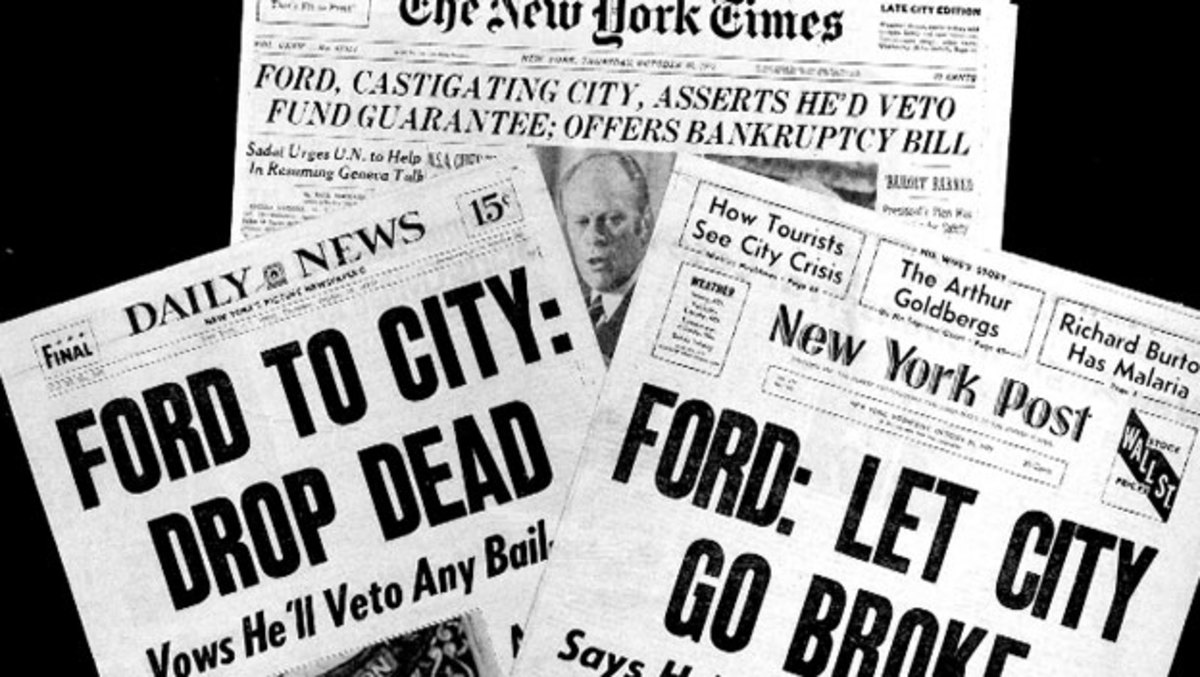Like tabloid newspapers, the web collects the world’s news and notes, analysis and opinion, flotsam and jetsam, organizing it all in helter-skelter fashion without passing judgment. Great content and nonsense are treated the same. The web, like the tabloid, is a great leveler, a place where Miley Cyrus and Clayton Christiansen meet on equal terms. (Actually, this is being generous to Christiansen who rarely if ever twerked or posted selfies on Instagram or Facebook. Google suggests Los Angeles Dodger pitcher Clayton Kershaw, not Christiansen, before you can finish typing Clayton, but Miley pops up as soon as you get to the L.)
Given that the web’s tower of babble climbs higher than any human eye can see, we depend upon inhuman Sherpa – search engines – to scale it. And as every piece of writing that’s published on the web – from white papers and articles to blogs and tweets – needs to grab the reader’s attention quickly, communicate its essence swiftly, and suggest that whatever runs beneath the headline is going to be compelling, helpful, titillating and novel, it better have a good one.
Otherwise, why bother with it?
This is what tabloid newspaper headlines have been striving to do for generations.
As an old (don’t ask) tabloid editor in the pre-Internet era, I was drilled in headline writing by dozens of cigar-chomping practitioners of the art. They bequeathed to me five rules that one would still, in my opinion, do well to follow.
- Use numbers. People love to know what they’re going to get from an article before they decide to invest the time to read it, and nothing tells them that more quickly than a number. From this article, you’re going to get five rules. Not four, not six, five. The headline tells me that; now I can relax. And use the magic numbers. What are the magic numbers? Three is a magic number. It is better to have three rules than two or four. Five is a magic number. Seven is lucky. Six, eight, and nine are unlucky and not much good. If you have six tips, or eight reasons, lose or add one. Ten is excellent. Above ten, everything is worthless until you hit 25, 50, 99, 100, and 101. (Why is this true? Because an editor explained it to me at a volume that caused me to go deaf in one ear for at least three hours . . . not two, not four, three.)
- Use verbs. A headline is not a label. Labels belong on bottles and cans. Labels do not need verbs. But headlines without verbs just lie there, waiting to be ignored. When President Gerald Ford denied federal aid to a New York City facing bankruptcy in an Oct. 29, 1975 speech, the Oct. 30 Daily News headline famously read “Ford to City: Drop Dead!” It could have said, “No Aid for City,” or simply “Helpless.” But the imperative verb cut through the noise and made it memorable. It also used Rule Three, to wit:
- Use emotion. Specifically, try to anticipate and reflect your reader’s emotions. People will read you if they think you feel the way they do. Granted, this is hard for professional service firms writing serious articles about serious and often technical subjects, but it’s not impossible. For example, say you’re writing about virtualizing servers to implement Big Data solutions in a legacy environment. (Uh, oh. Almost nodded off writing that sentence.) Your headline could be, “Server Virtualization: Big Data in Legacy Environments,” which is a label, and tedious to boot, or it could be “The Joy of Turning Tiny Boxes into Big Data,” or “Trapped by Your Servers? Build a Cloud in Your Basement.”
- Tell the story. Writing headlines is an invitation to be witty. Witty rarely works. The opportunity to write a headline as smart as “Headless Body in Topless Bar” doesn’t come around very often. (Yes, that one violates Rule 2, but it tells the story, and rules are made to be broken.) Too often, people fall in love with headlines that reference pop song titles. (How many articles have been headlined “Going Mobile,” which may tell Who fans that you’re hip but not a lot more.) The headline’s job is to tell the reader what the story will be about as succinctly as possible, not to demonstrate one’s familiarity with pop culture.
- Use hooks. Most articles that represent thought leadership are created to help the reader do something, and it’s important to hook him or her with such reliable lures such as “Your Guide To . . .”, “What You Need to Know About . . .” “What You Don’t Know About,” or, “How to . . .” For example, “How to Write Great Headlines: 5 Rules.”
If you can find a great headline that violates more than one of these rules, I’d love to hear about it. Bet you can’t.



